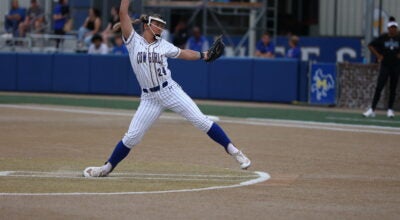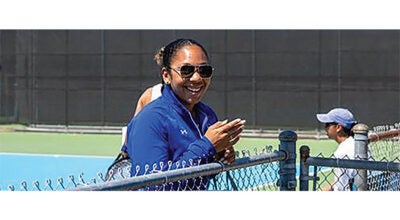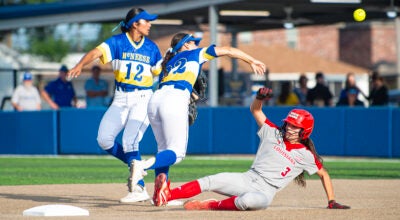Winner or loser? Time will tell with recruiting class
Published 8:10 am Friday, February 6, 2015
The biggest winners on signing day?
Everyone who ignored anyone who claims they can tell you the biggest winners on signing day.
Sunday’s Super Bowl was an ideal demonstration of that fact. Of the 44 combined starters for the Seahawks and Patriots, none were five-star recruits coming out of high school. Four were four-star recruits. The rest were rated three stars or less.
The work a player puts in once he gets to college, and the ability of a coaching staff to develop him, remains far more important than any hype going in. Other factors, such as health and an ability to adjust to life away from home, are also part of the equation.
Things may pan out good, bad or someplace in between for McNeese’s Class of 2015. The only thing close to a certainty is it will likely continue the recent trend of true freshmen making an immediate impact.
“You go get guys that you think can help us,” said Cowboys coach Matt Viator. “At the end of the day, if you’re healthy at the position, redshirting isn’t the worst thing in the world. We sign guys to play. A guy like (Hamilton Christian defensive end) Brandon Blackwell can do something for us.”
Viator said a change in personal philosophy, combined with an increase in the readiness and talent of incoming freshmen, has led to more first-year players getting onto the field for the Cowboys.
“I think it’s both,” Viator said. “We’re getting the talent that can play now. And I think through the years I was a little too hard-headed and started to see you need numbers. If you have a lot of injuries and you’re not careful, you end up being a Division II team in terms of numbers with injuries and kids you’re redshirting. We want to make sure we have enough guys. But in order to do that you need guys who can play. Last year’s freshmen were able to do that.”
In 2011, the injury-plagued season Viator is referring to, Aaron Sam was the only true freshman to suit up.
Last year, eight of the 19 freshmen signed by the Cowboys played. That included contributors ranging from the first early enrollee in program history, Dominique Hill, to Ryan Ross, who was supposed to redshirt but finished the season as the starting running back.
“I don’t believe in going out and saying in two or three years this guy could be this,” Viator said. “With 63 scholarships, that’s really hard to do. We tell guys we’ll give them every opportunity to play. And we line ‘em up on both sides of the ball and give them chance to compete. And if you’re not in line to get significant snaps, we’ll redshirt you.”
The success of a class is not just measured by who plays early, but who plays late.
Of the 23 high school players signed in 2011, eight never lettered for the Cowboys. Three others left the program early. Nine have become starters, including a trio of all-conference nominees in Sam, Wallace Scott and Quentin Marsh.
Viator was less hesitant about taking off redshirts in 2012, and it showed with five true freshmen seeing time. Bo Brown and Brent Spikes have been named all-conference in that group. Five of the 20 signees never played, and four left early.
The Class of 2013’s retention rate has been stronger — three of the 20 high school signees failed to letter, and another, linebacker Ed Duplessis, hasn’t played yet due to injuries. One player has left early and four played as true freshmen. The three transfers in that class have also played, including tight end Nic Jacobs, who left for the NFL as a junior.
Most of that class will head into next season with sophomore eligibility, so the jury is out on its final success. And that’s exactly why it’s impossible to declare winners a day after signing day — two years out from 2013’s signing day, that class has 2-3 years to be proven as a success or a failure.
The only immediate winners are kids and families who have signed off on a free college education. A program may have a good day on the fax machine, but it takes a lot more to have a good year on the gridiron.
(Rick Hickman/American Press)





